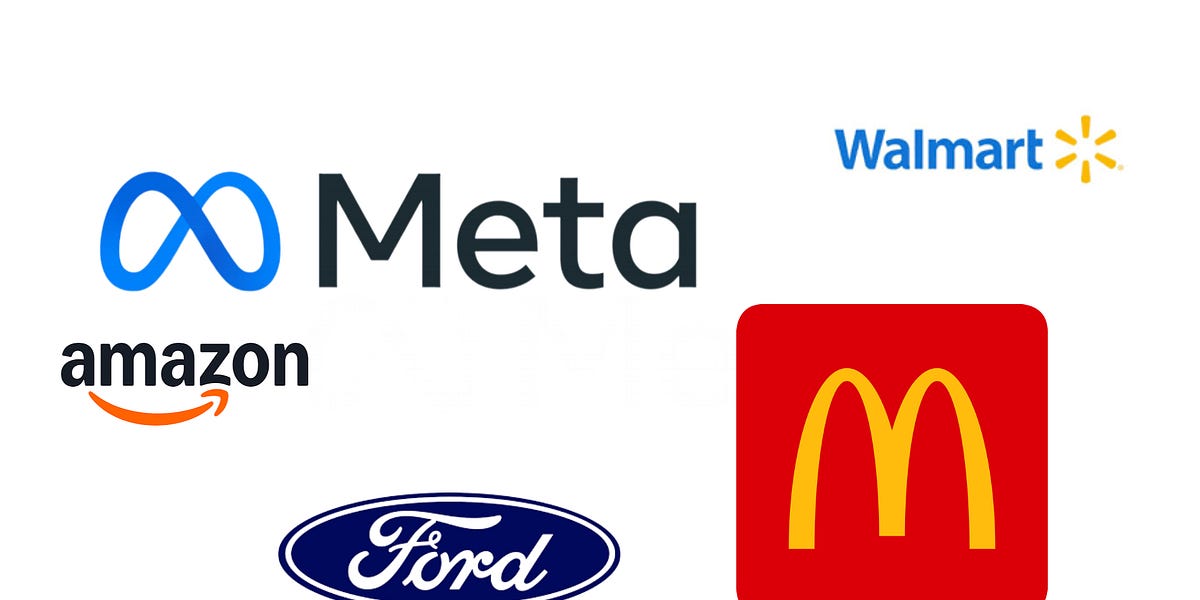American manufacturers increasingly are “reshoring” by “nearshoring” production to Mexico from factories in China and elsewhere in Asia, so it’s not surprising that a support network is arising out of the phenomenon that was taking shape before Covid and then accelerated during the supply-chain debacle caused by the pandemic.
Zipfox is one startup that is helping U.S. companies navigate nearshoring production to south of our border, and founder Raine Mahdi has got advice for manufacturers seeking to make that move. He is a former industrial importer himself who knows the ins and outs of Chinese sourcing and discovered that there wasn’t enough help for U.S.-based manufacturers who want to escape Asian sourcing, with their urgency these days increasing along with geopolitical tensions between the West and China.
“We’re one catalytic event from where you can’t even source in China anymore,” Mahdi, whose startup is based in San Diego, told Chief Executive. “It’s too realistic a possibility to ignore.”
What’s more, he noted, “We’re still in a trade war with China” left over from the Trump administration. “The majority of categories are still paying a 25% tariff. When you’re dealing with Mexico, you have the [USMCA] free-trade agreement. There are still stipulations about the sources of raw materials, but Mexican factories are trying hard to utilize North American raw materials so that you don’t pay any import taxes, and there are no tariffs.”
Beside these advantages to sourcing in Mexico, of course, there is the fact that labor rates remain about 15% cheaper in Mexico than in China, where they’ve been rising quickly. And shipping costs to the U.S. from Mexico can be as much as one-third or even one-half less expensive than from China.
Speed to market is another big edge for Mexico sourcing over China, Mahdi said. “That’s very important, for example, in the clothing industry,” he said. “Even better is cash flow: Your money is tied up much longer in China. You don’t have to buy and store as much, and you can go through more sales cycles during the year” with Mexican sourcing.
Zipfox is an online platform that has vetted about 350 factories in Mexico, helps U.S. manufacturers establish communications with their counterparts at Mexican manufacturers, and provides services such as financial escrow for handling payments for shipments.
To take smartest advantage of reshoring in Mexico, Mahdi offers these suggestions:
• Hurry up. While U.S. companies that source in China have seen Chinese labor rates rising significantly for years, the same could happen in Mexico soon. Rates there “have stayed pretty stable,” Mahdi said, “but there’s a smaller labor force in Mexico than in China, and I’d assume at some point the amount of business attempting to pour into Mexico from China will have an effect on wages, capacity and lead time.”
• Take baby steps. If a U.S. company lines up a prospective manufacturer in Mexico, Mahdi advised “starting with a small test order. Request samples. Do an inspection. That should be a standard part of your process when you’re working with a new supplier — something I didn’t realize at first when I was sourcing in China. It’s a lot easier to fix a problem at the factory than at the warehouse.”
• Ensure quality. Mahdi said many U.S. manufacturers are “surprised by the ability and skill level you’ll find in Mexico,” which already is the No. 2 importer of manufactured goods to the United States. “You can find terrible-quality stuff made in China and Mexico, and even in the U.S. So it’s really a matter of communications and double-checking things to make sure they’re right. As long as you adhere to specs, and your communications are clear and you take steps to do inspections before the goods leave their factory,” he said, quality can be ensured.
• Leverage communications. Dealing with a factory in Mexico versus one in China is easier on one important score: time zones. “With China, you may ask a question but they don’t start working on it until the end of your day” in the U.S., Mahdi said. “Every part of your conversation can take an extra day. Of course, with the time zones we share with Mexico, it can all happen in one day.”
And American manufacturers are likely to be able to access Spanish speakers to communicate with Mexican counterparts much more easily than they can line up people who know Mandarin to talk with Chinese factories, he said.























































![5 Ways to Improve Your LinkedIn Marketing Efforts in 2025 [Infographic] 5 Ways to Improve Your LinkedIn Marketing Efforts in 2025 [Infographic]](https://imgproxy.divecdn.com/Hv-m77iIkXSAtB3IEwA3XAuouMwkZApIeDGDnLy5Yhs/g:ce/rs:fit:770:435/Z3M6Ly9kaXZlc2l0ZS1zdG9yYWdlL2RpdmVpbWFnZS9saW5rZWRpbl9zdHJhdGVneV9pbmZvMi5wbmc=.webp)
















